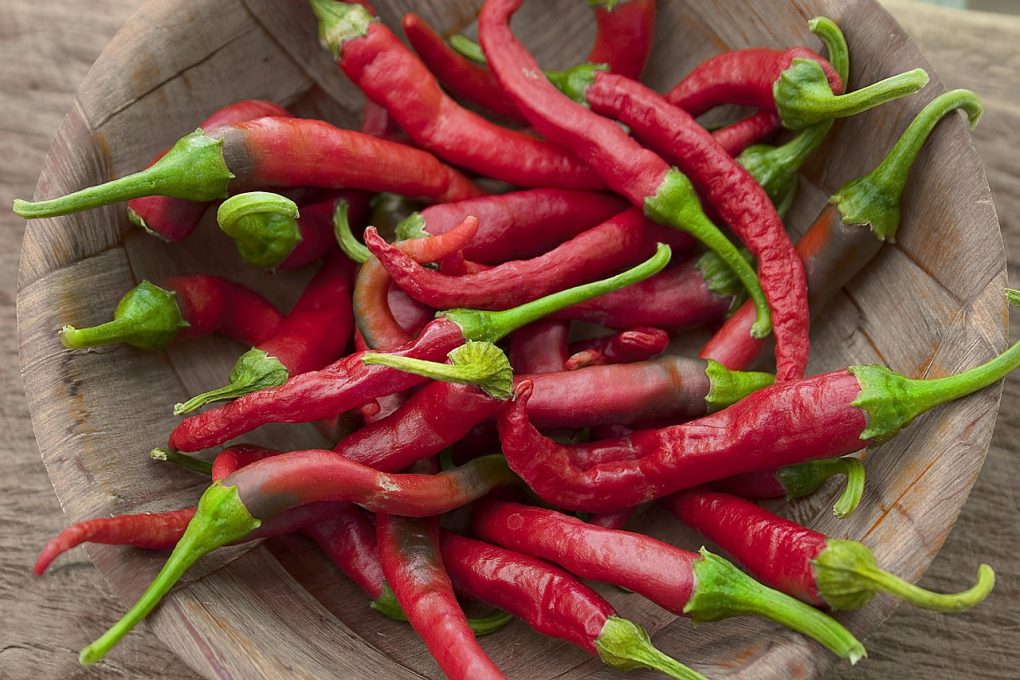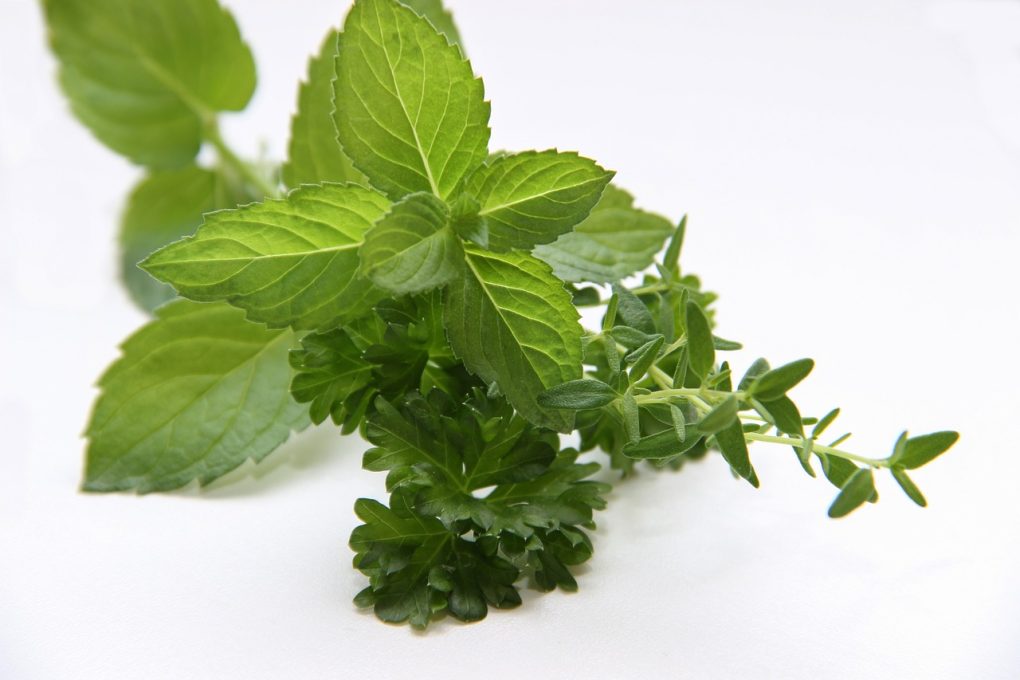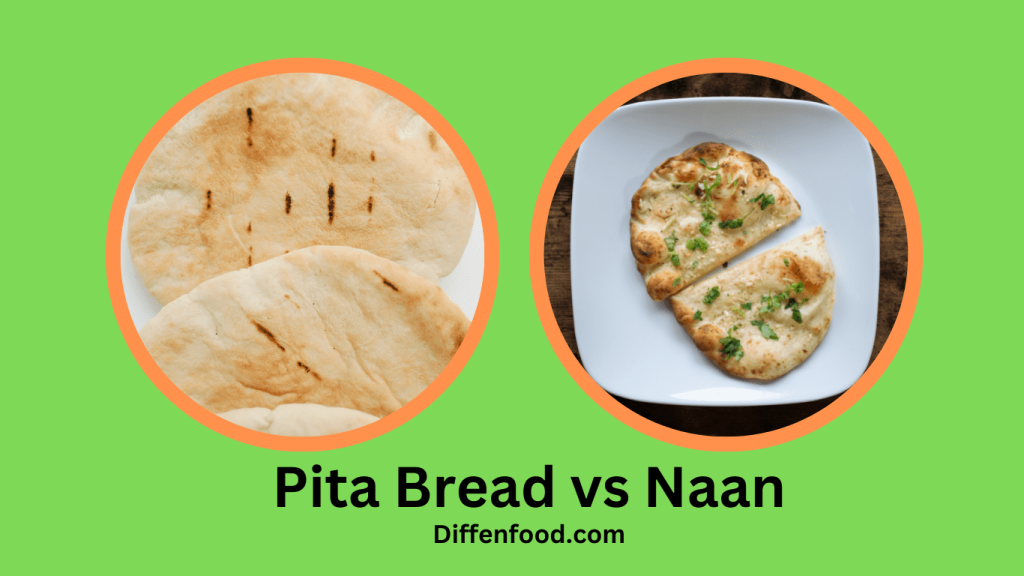
Drunken Noodles also called Pad Kee Mao. The chef prepares a spicy Thai dish with wide rice noodles, meat, vegetables, and Thai basil. The cook stir-fries it in a wok, giving the dish a savory, slightly sweet, and spicy flavor. Pad thai is a noodle dish made with thin rice noodles, eggs, tofu, shrimp, bean sprouts, and peanuts. It is typically stir-fried and has a sweet and sour flavor.Knowing the contrasts between “Drunken Noodles vs Pad Thai” is crucial in making an informed decision when dining at a Thai restaurant or preparing food at home. Additionally, this knowledge allows you to fully appreciate the distinctive tastes and cultural origins of each dish.
why is drunken noodles called drunken?

Drunken noodles, also known as Pad Kee Mao, is a popular Thai dish that has gained popularity all over the world. However, many people wonder why it’s called “drunken” noodles.
Well, the name might have come from the fact that drunk people often ate this dish because they believed that the spicy flavors would help them feel better. It’s no secret that alcohol consumption can lead to nausea and other digestive issues, and it seems that some people believed that the spice in drunken noodles could counteract these effects. Over time, the name stuck, and now we know this delicious dish as drunken noodles.
Regardless of its origin, there’s no denying that this dish is a flavorful and satisfying choice for anyone looking to try something new.
Main Difference: drunken noodles vs pad thai

Flavor profile and spice level
One of the main differences between these two dishes is their flavor profile and spice level. Drunken noodles have a bold and intense flavor due to the use of Thai basil and chili peppers. This dish is also known for its spiciness, which can be too much for those who don’t enjoy heat. On the other hand, pad thai has a more balanced flavor that combines sweet, sour, and savory flavors. It has a milder spice level compared to drunken noodles, making it a safer option for those who are not a fan of spicy food.
Main ingredients and their preparation
While they may look similar at first glance, the two dishes have distinct differences in their main ingredients and preparation. Drunken noodles, also known as pad kee mao, are made with wide rice noodles, meat (usually chicken, beef or pork), vegetables like bell peppers, onions, and carrots, Thai basil, and chili peppers. Pad thai is made with thin rice noodles, tofu, shrimp, eggs, bean sprouts, peanuts, and a sweet and sour sauce.
The preparation methods for these dishes also differ. Drunken noodles are typically stir-fried in a wok, while pad thai is usually cooked in a flat pan. So, whether you prefer thick or thin noodles, meat or seafood, spicy or sweet, both dishes offer unique and delicious flavors that are sure to satisfy any craving.
Gluten-free and other dietary considerations
Another difference between the two dishes is their gluten-free status. Drunken noodles are typically gluten-free, while pad thai contains soy sauce which may contain gluten. Additionally, pad thai is not suitable for vegetarians or vegans as it contains shrimp and eggs.
Traditional aspects of the dishes
Drunken noodles are believed to have originated in central Thailand and were originally served to intoxicated guests to help them sober up. And pad thai was created during World War II as a way to promote the consumption of rice noodles in Thailand. Despite their different origins, both dishes are delicious and loved by many.
Health and Nutritional: drunken noodles vs pad thai

Calorie and fat content
According to nutritional information, both dishes have relatively similar calorie and fat contents. A serving of drunken noodles typically contains around 400-500 calories and 15-20 grams of fat, while a serving of pad thai has around 350-450 calories and 10-15 grams of fat. However, it’s important to note that the actual calorie and fat content can vary depending on the specific recipe and ingredients used.
Nutritional value of main ingredients
When comparing the nutritional value of drunken noodles and pad thai, it’s essential to recognize that each dish provides distinct advantages.
Its ingredients use a lot of meat and vegetables, so its protein content is high. This can be particularly beneficial for those looking to increase their protein intake and build muscle mass. Pad thai is richer in fiber and vitamins due to the use of bean sprouts and peanuts.This can be especially helpful for those looking to improve their digestion and boost their overall health. Ultimately, both dishes offer a range of nutritional benefits and can be enjoyed as part of a well-balanced diet.
Health benefits and drawbacks
Both dishes have health benefits and drawbacks. Drunken noodles contain antioxidants and anti-inflammatory properties due to the use of chili peppers and Thai basil. However, the dish can be high in sodium and calories. Pad thai contains healthy fats from peanuts and is a good source of fiber and vitamins. However, the dish can be high in sugar and sodium due to the sweet and sour sauce.
Popularity and Accessibility: drunken noodles vs pad thai

Both drunken noodles and pad thai are popular dishes worldwide. Many people consider Pad Thai the national dish of Thailand, so it’s easy to find in Thai restaurants around the world. Drunken noodles, while not as well-known, are also gaining popularity outside of Thailand.
The price and availability of both dishes can vary depending on where you are. In Thailand, both dishes are widely available and relatively inexpensive. In other countries, however, drunken noodles may be harder to find and more expensive due to the use of specialty ingredients such as Thai basil.
Customization and Preparation: drunken noodles vs pad thai
Individuals can customize both drunken noodles and pad thai to suit their own tastes. For example, you can add different types of meat or vegetables to drunken noodles, or adjust the spice level to make it milder or hotter. Pad thai can also be customized by adding more or less of the sweet and sour sauce.
Both dishes are relatively easy to prepare at home, but require different cooking techniques. Drunken noodles are typically stir-fried in a wok, while pad thai is cooked in a flat pan. Both dishes require some skill and practice to get the perfect texture and flavor.
Conclusion
In conclusion, there are several key differences between drunken noodles and pad thai. Drunken noodles are spicier and have a more intense flavor, while pad thai is sweeter and sourer. The main ingredients and their preparation are also different, with drunken noodles containing meat and Thai basil, and pad thai containing tofu and peanuts. Both dishes have health benefits and drawbacks, and can be customized to suit individual tastes.
Choosing between drunken noodles and pad thai ultimately comes down to personal preference. If you prefer spicier, more intense flavors, then drunken noodles may be the better choice. If you prefer sweeter, sourer flavors, then pad thai may be the better choice. Regardless of your choice, both dishes are delicious and worth trying if you haven’t already.





